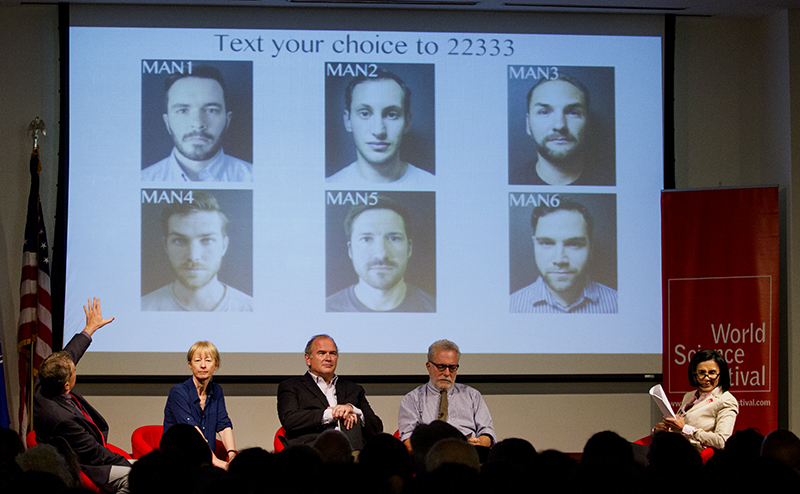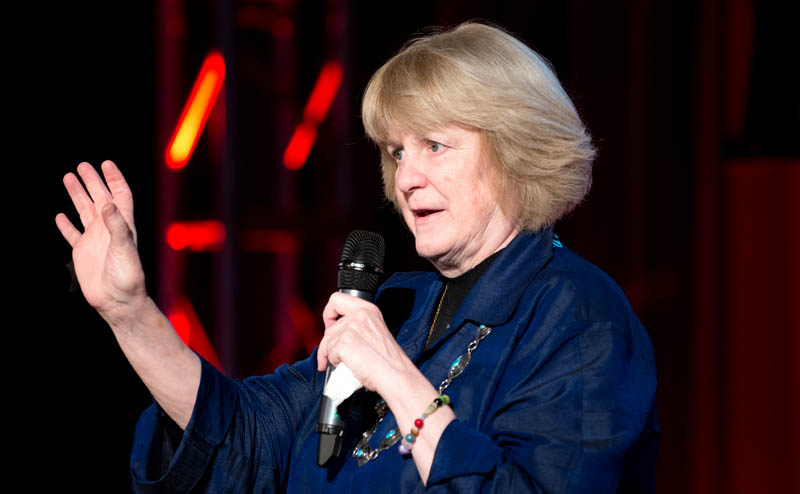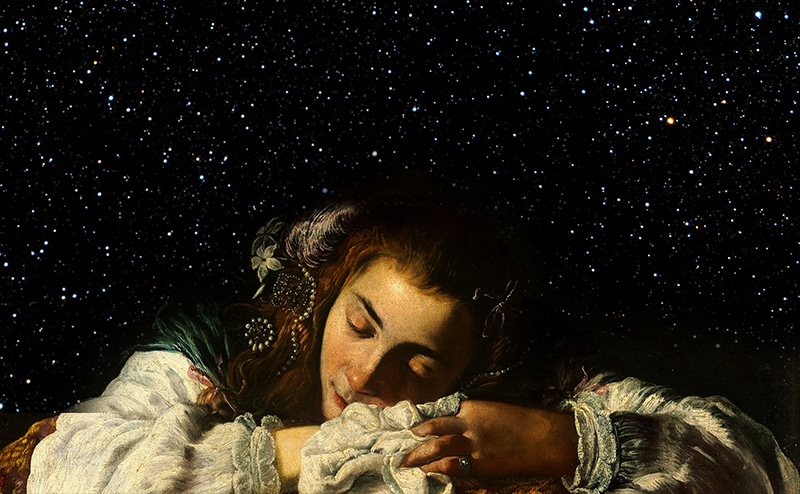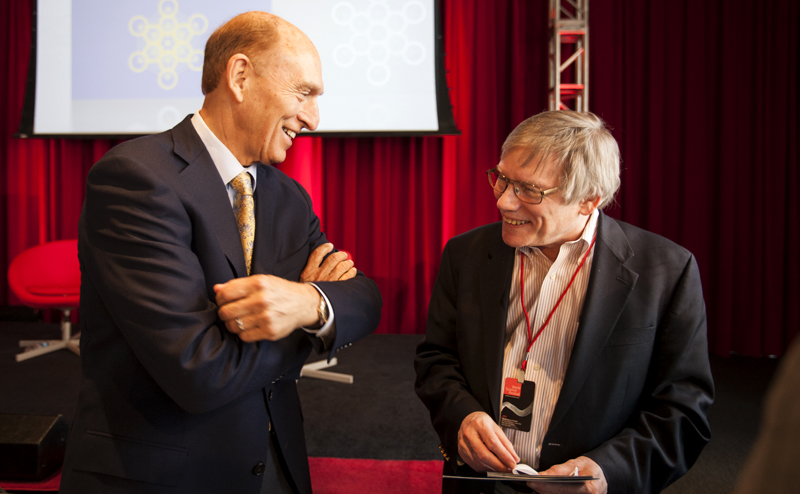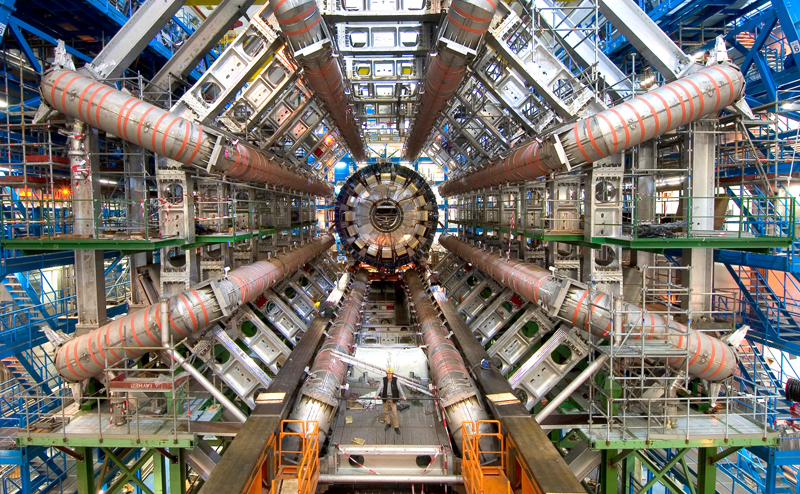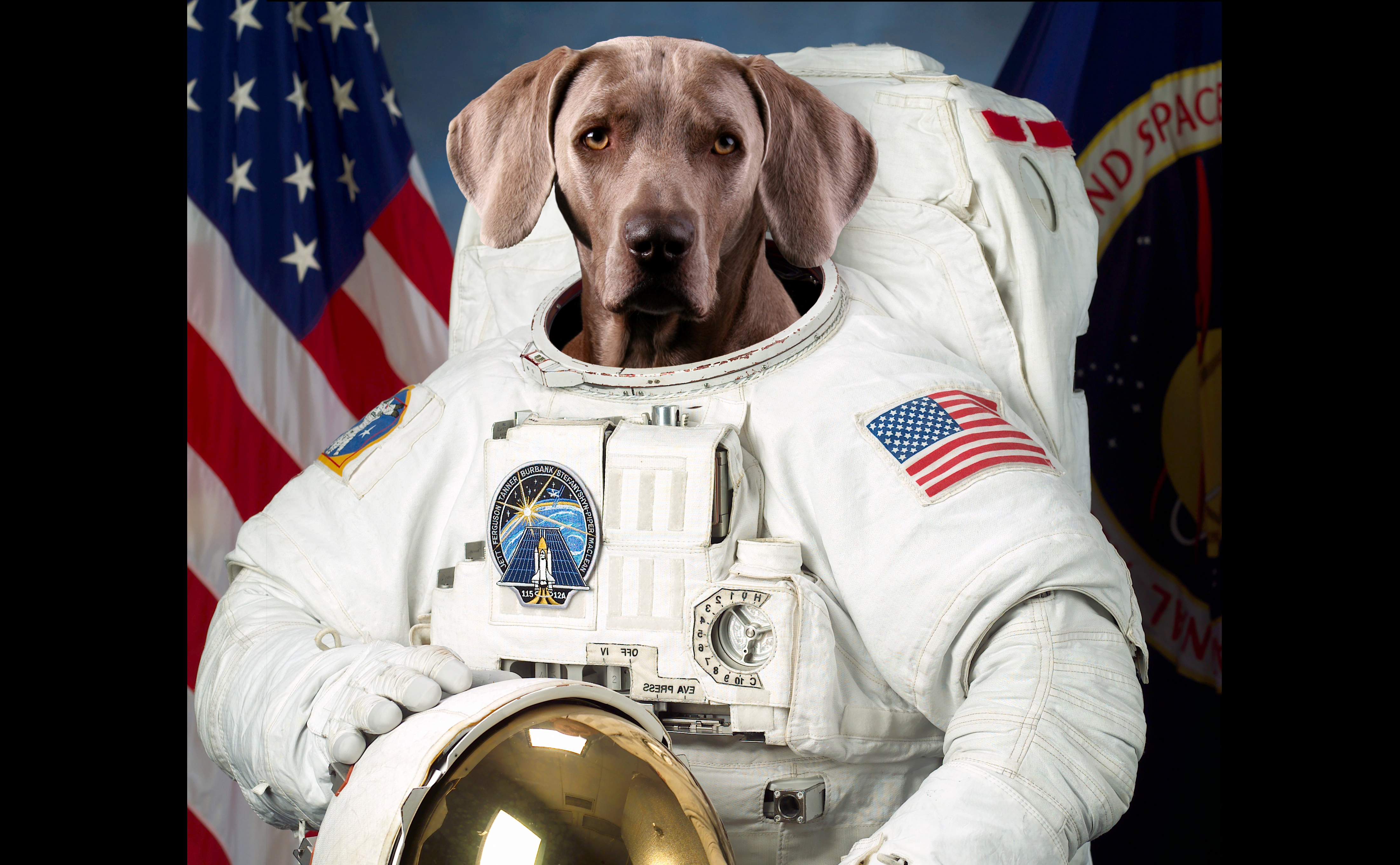Articles
In the criminal justice system, science is represented by many parties: the forensic scientists who analyze physical evidence, courtroom experts who may take advantage of ambiguities to push a particular narrative, and the reformers who are trying to call attention to the cognitive biases and psychological tangles that make assigning guilt or innocence far from an easy formula. On September 10 at the Benjamin N. Cardozo School of Law at Yeshiva University, the World Science Festival, in partnership with the New York Hall of Science, hosted “The Science of Justice: A Matter of Opinion”. The night’s panel discussion, moderated by broadcast journalist Jami Floyd, centered mostly on the unreliability of eyewitness identification, the epidemic of false confessions made after police coercion, and why these tactics, despite their easily demonstrable flaws, remain cornerstones of American justice.
Read MoreCongratulations to University of Washington geneticist Mary-Claire King on being awarded the 2014 Lasker-Koshland Special Achievement Award in Medical Science (sometimes called an American version of the Nobel Prize). After winning a major award, most people simply hope they’ll remember to thank all the right people in their acceptance speech. But King used the occasion to renew her call for broader genetic screening among women to detect mutations associated with breast and ovarian cancer. King, most widely known for discovering the association between mutations of the gene BRCA1 and breast cancer, laid out the case for offering genetic screening for BRCA1 and BRCA2 to every woman at around age 30 as part of normal medical care in an article for the Journal of the American Medical Association. (She issued a similar call back in May at her “On the Shoulders of Giants” talk at the 2014 World Science Festival). “Many women with mutations in these genes are identified as carriers only after their first cancer diagnosis because their family history of cancer was not sufficient to suggest genetic testing,” King writes in JAMA. “To identify a woman as a carrier only after she develops cancer is a failure of cancer prevention.” For years, U.S. health officials …
Read MoreBenjamin Franklin once said, “Early to bed and early to rise makes a man healthy, wealthy, and wise.” But in Franklin’s time most people slept in an unconsolidated fashion: They went to “first sleep” shortly after the sun went down, and woke four or five hours later for a few hours of activity before returning to “second sleep.” Franklin himself liked to use the time between sleeps one and two to read naked in a chair.
Read MoreThe 2014 Kavli Prize awards ceremony kicks off today in Oslo, Norway, where nine scientists will be honored for their outstanding contributions to the fields of astrophysics, nanoscience, and neuroscience. The 2014 Kavli Prize laureates have tackled the ultimate questions of science, on topics big, small, and complex. This year’s awards went to: -Astrophysics: Alan Guth (Massachusetts Institute of Technology), Andrei Linde (Stanford University) and Alexei Starobinsky (Landau Institute for Theoretical Physics), for developing the theory of cosmic inflation -Nanoscience: Thomas Ebbesen (Louis Pasteur University), Stefan Hell (Max Planck Institute) and Sir John Pendry (Imperial College London), for showing that light can interact with structures smaller than its wavelength, thereby pushing the limits of microscopy resolution -Neuroscience: Brenda Milner (McGill University), John O’Keefe (University College London) and Marcus Raichle (Washington University in St. Louis), for characterizing special systems in the brain that play key roles in memory formation and other higher cognitive functions Laureates Linde and Guth were in attendance at the Kavli Breakfast, part of the 2014 World Science Festival—check out our coverage here, or watch the 2014 Kavli Prize video. You can check out the video of the 2012 Kavli Prizes (the prizes are awarded every two years) as well. This will also …
Read MoreBefore the Higgs boson was discovered, scientists wondered if we live in a stable universe, an unstable one, or one that’s metastable—stable for an extended time period, but not at the absolutely most stable point it could be at. Now that the Higgs boson has been discovered and the first measurements of its mass made, scientists think that we’re probably living in a metastable state. Basically, our universe seems to be comfortably tucked in a valley of energy states, but it’s still not the lowest ground around. If something pushes us up and over the side of our valley (or tunnels through the valley wall), we could fall into new and lower territory.
Read MoreSeven days; lots of science in the news. Here’s our roundup of this week’s most notable and quotable items: Something like real-life telepathy is within our reach now; this week two people 5,000 miles apart had direct brain-to-brain communication. For days, lava has spewed from the Bardarbunga volcano in Iceland, but thankfully there has been no ash, which would threaten to shut down much of Europe’s airspace. Scientists have determined finally how rocks weighing hundreds of pounds move in Death Valley. Astronomers have created a stunning new 3-D map of the galactic supercluster Laniakea, home to our own Milky Way galaxy and at least a hundred thousand others. NASA wants your predictions on the state of exploration a decade from now to include in a time capsule aboard the OSIRIS-Rex spacecraft. Over in Europe, it was announced that a doggie cosmonaut spacesuit is going up for auction next week. Although America still reigns as the most obese country in the world, we are eating slightly healthier these days. Viewing habits could be a contributing factor, though; new research indicates that watching action films inspires people to consume more food. Google is investing in eternal life—or at least building a new research facility for Calico, their anti-aging biotech R&D company. Mexico presented its first litter of gray wolf pups conceived by artificial insemination; …
Read More






